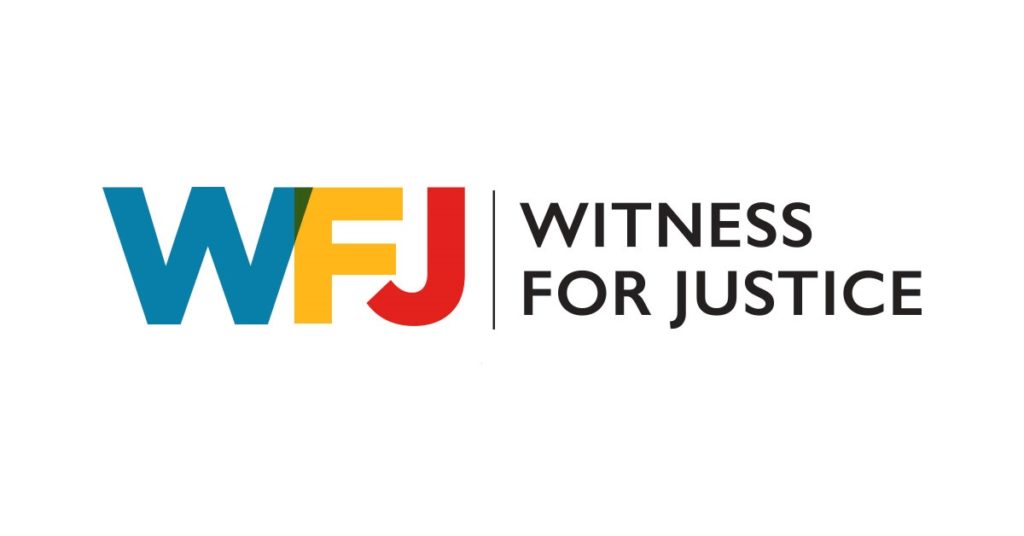Commentary: Peace on Earth? What Peace?

“Do not suppose that I have come to bring peace to the earth. I did not come to bring peace, but a sword.” Matthew 10:34
In this Advent season, this time set aside to reflect upon the birth of Jesus— an Afro-Semitic Palestinian who was forced with his parents to seek refuge in a foreign land—I am mindful our brown-skinned Jesus would not be welcomed at our southern borders. I am mindful there would be no shelter given or food shared for his family fleeing an oppressive regime. I am mindful this nation would not be a safe place for the Christ child to hide, that his family might have been greeted with tear gas and rubber bullets, or that he might have been taken from his mother’s arms.
As we retell the story of that Holy Night, I am mindful that there is no place in the United States where a minimum wage worker can afford a two-bedroom apartment, that there is no place for over 500,000 unhoused people to lay their heads. 1
Even as we sing songs of peace and joy in this season, we are surrounded by chaos and fear. Instead of building bridges, our current administration seeks to build walls. Instead of setting captives free, our government seeks appropriations for more private prisons and detention centers. As we sing of goodwill to all humankind, 40,000,000 people struggle with hunger in the United States, the world’s greatest food producing nation. 2
Jesus is called the Prince of Peace by those who profess to follow The Way, and yet there was no peace then and there is no peace now. In the Gospel of Matthew, Jesus confesses that he did not come to bring peace, but a sword. Jesus understood that peace is not simply the absence of war, but the presence of justice and love. And while loving God and seeking justice can be pursued without violence, they certainly do not come without conflict. Following Jesus can cause division within families, conflict with friends, and challenge to imperial notions of safety and control.
The message of Jesus’ coming is summarized as loving God and loving others. If we truly desire to celebrate the Christ child in this season we can do no less than this. It sounds simple. Loving God is easy enough for many to imagine, but loving people— all of the people—causes conflict. Loving people is an act of resistance against violence at our borders, against racism, against xenophobia, against homophobia, Islamophobia, against anti-Semitism, against corporate greed, against sexism, against empire, and every force that stands against love and challenge the silent complicity many mislabel as peace.
Peace is not the absence of conflict. Peace is the presence of Justice and Love. Peace on Earth will require nothing less.
__________
1 The 2017 Annual Homeless Assessment Report (AHAR) is a HUD report to the U.S. Congress that provides nationwide data on homelessness.
2 2017 data: Feeding America
Traci Blackmon is Associate General Minister, Justice and Local Church Ministries for the United Church of Christ.
View this and other columns on the UCC’s Witness for Justice page.
Donate to support Witness for Justice.
Click here to download the bulletin insert.
Related News
Celebrating Diversity, Equity, Inclusion, and Accessibility
In the beautiful diversity of humankind, we are invited to celebrate diversity, equity,...
Read MoreThe Gifts of Advent
One of my favorite seasons of the year is Advent, which often falls on the first Sunday after...
Read MoreLand, Artifacts, and Ancestors Back
Imagine one of your great grandparents toiled over a hand-written, illustrated copy of the...
Read More
